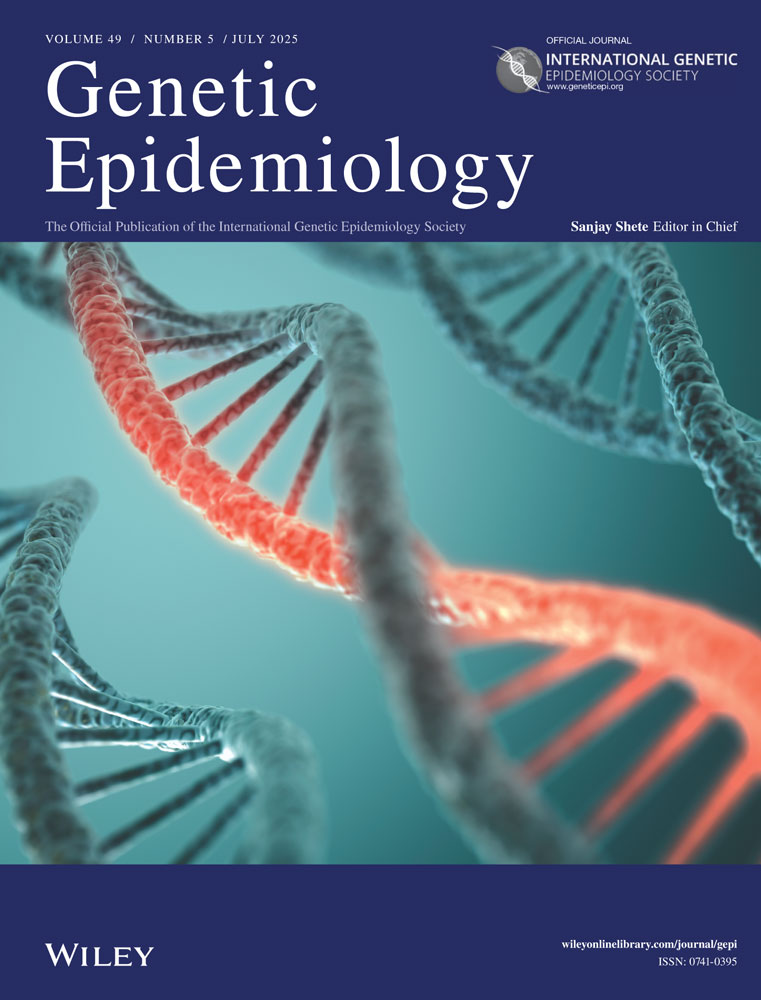Susceptibility genes for familial Alzheimer's disease on chromosomes 19 and 21: A reality check
Abstract
Linkage data from 92 FAD kindreds were analyzed by lod score analysis under various assumptions of disease penetrance, marker allele frequencies, and heterogeneity. Multilocus linkage analysis supports the existence of a gene in 40%–65% of families with predominantly late-onset illness (after age 65) on chromosome 19 between D19S13 and ATP1A3. Evidence for a second FAD gene on chromosome 21 is weaker and stems primarily from a few families with early-onset disease. Our findings also indicate that choice of the genetic model for FAD and marker allele frequencies may be crucial to conclusions about linkage and heterogeneity. © 1993 Wiley-Liss, Inc.




